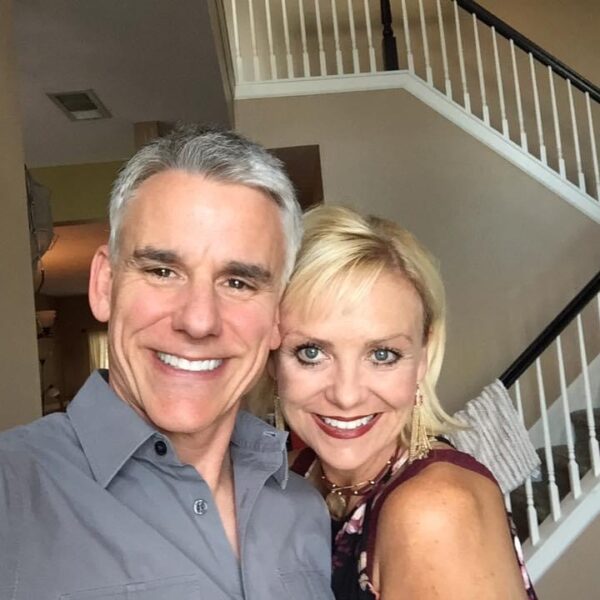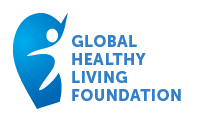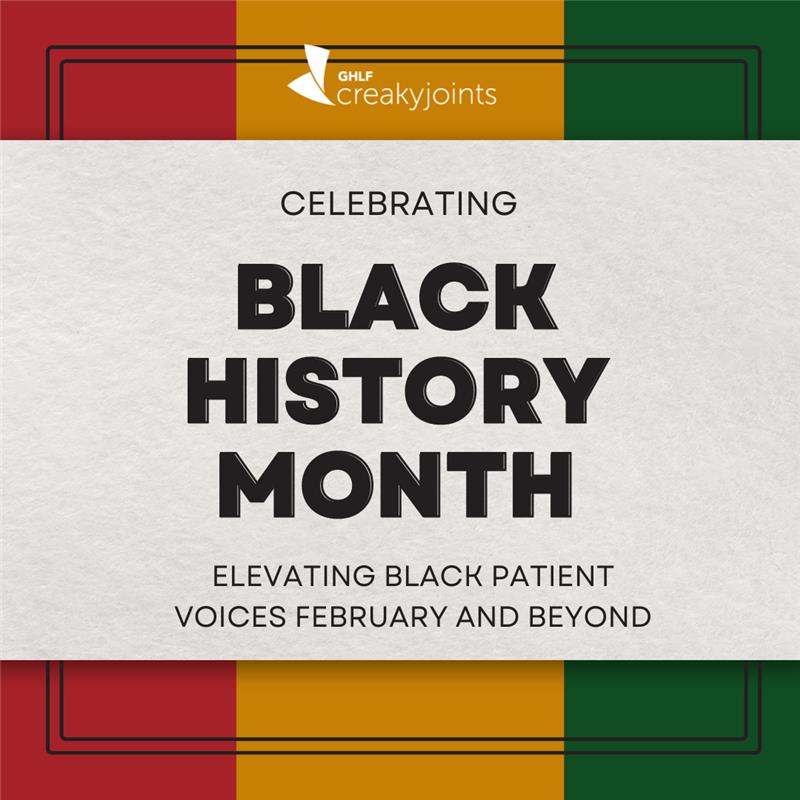UPPER NYACK, N.Y.--(BUSINESS WIRE) — ArthritisPower, leading arthritis patient registry, expands to PatientSpot, an omni-disease app as Class 1 FDA Medical Device.
LIVING WITH STAGE 4 LUNG CANCER DURING THE CORONAVIRUS PANDEMIC: ‘I’M SCARED TO BREAK OUT OF MY BUBBLE’
LIVING WITH STAGE 4 LUNG CANCER DURING THE CORONAVIRUS PANDEMIC: ‘I’M SCARED TO BREAK OUT OF MY BUBBLE’
May 5, 2020
Barbara Brody

Learn more about our FREE COVID-19 Patient Support Program for chronic illness patients and their loved ones.
One evening in early April, after feeling a bit “off” for much of the day, Bill Westlake decided to take his temperature. It was 100.4 °F.
Under normal circumstances, a low-grade fever might not be especially alarming, but these were not normal times. Coronavirus was spreading across the nation, and although Bill and his family had been self-quarantining since early March, he wasn’t taking any chances. A stage 4 lung cancer patient, he knew that if he were to develop coronavirus he could be in grave danger.
“We were about to sit down to dinner, and my wife immediately went into emergency mode. She sent me upstairs, told me she’d bring me food and liquids, and started wiping down the whole house. I called my oncologist, who fortunately picked up the phone. She told me she was putting me on a list that would get me into the emergency room quickly and that I should go there in the morning to get tested for COVID-19,” he recalls.
Thanks to the oncologist putting Bill on that list, he did in fact get promptly ushered into a private area in the ER. But just walking through the door to the hospital felt risky. “I passed sick people in the ER, and I had to hold a pen and sign in,” he says. He wondered whether he’d have to isolate himself from the rest of his family while waiting for his test results to come back, or whether the hospital might admit him.
Bill ended up getting lucky, at least in this instance. The hospital had just received a batch of rapid tests the day before, so he was able to find out in 20 minutes that he did not have COVID-19.
But he still spent six hours in the hospital while a doctor and physician assistant examined him and ran tests. Some discomfort in the right side of his stomach and a CT scan led them to discover that he had diverticulitis, an infection of a small pouch protruding from the colon. He was sent home with antibiotics.
“I came home, threw away my mask, and changed all of my clothes,” he says.
The relief on his wife’s face was immense. “It meant we could go back to ‘quarantine as usual,’” says Bill. Still, for the next few weeks he worried that there was a chance he might have caught the virus while at the ER.
An Ongoing Challenge
It’s now May, and Bill is pleased to report that his trip to the ER didn’t result in him developing coronavirus. Yet he remains concerned about his vulnerability to COVID-19 in general.
Before the pandemic started, he traveled twice a month for his job in the automotive industry and his wife was working as a teacher in a school. Eventually they will have to leave the relatively safe confines of their home, and Bill is worried that this may need to occur well before there is a vaccine on the market.
As a lung cancer patient, breaking out of this bubble would be a gamble.
Bill learned that he had lung cancer in July 2017. He didn’t have any of the typical symptoms, such as a persistent cough or overwhelming fatigue. He didn’t have any lung cancer risk factors, either: He’s not a smoker, and as far as he knows he hasn’t been exposed to high levels of radon or asbestos or other carcinogenic compounds.
So how did he get diagnosed with lung cancer?
Bill happens to see a primary care doctor who does a chest X-ray as part of an annual physical for all patients. The doctor admits that such widespread screening of patients without risk factors is not recommended by any major medical organization, but says that this routine enables him to occasionally catch lung cancer in younger non-smokers. Bill turned out to be one of them.
Bill was diagnosed with stage 4 non-small cell lung cancer at the age of 51. Most people who get that diagnosis immediately start chemotherapy or radiation, but Bill decided to hold off on treatment until he could get a second opinion. The second oncologist ordered tests to check for genetic mutations, which revealed that his cancer was ALK-positive. With that information in hand, he was able to start treatment with a TKI (tyrosine kinase inhibitor) medication that targets this specific genetic mutation.
“I take eight pills a day, and they inhibit my cancer from growing,” says Bill. “But cancer is smart; eventually it will sub-mutate” and a different treatment will be necessary. He expects that chemotherapy and/or radiation will one day become unavoidable.
Extra Precautions for Managing Lung Cancer in the Age of Coronavirus
When the pandemic first hit, the first thing Bill did was contact his pharmacy and health insurance company to find out if he could obtain a 90-day supply of his medication. It turned out to be a struggle.
“I had to advocate with my pharmacy until we eventually got approval” from the insurance company, he says.
The main disruption to his care so far has to do with monitoring. He normally gets a CT scan and MRI every three months to find out whether his cancer has spread.
“I had scans in January, pre-COVID, and I was scheduled to go again at the beginning of April,” he says. “I called the imaging center to learn about their protocol [during coronavirus], and I did not like the answer.” He says the office was asking patients to walk in, sign a form indicating whether they have a fever or other signs of coronavirus, and only then are they taking those who might be infected down a corridor and away from the rest of the patients in the waiting room.
After consulting with his oncologist, Bill decided to postpone his next round of imaging tests for a few months. But he knows that other lung cancer patients who currently have symptoms or are just starting a treatment do not have that option. As an active member of ALK Positive, a support group for lung cancer patients who carry the same genetic mutation he does, he hears many stories about the extreme measures some members are taking during the pandemic.
“Some are driving up to a health center, putting a mask and gloves on, and bringing their own [disinfectant] wipes with them. They’re only taking the mask off during the MRI and are taking it upon themselves to wiping down all the equipment. When they come home after they’re undressing at the door and putting all their clothes right into the wash.”
Bill says that he and many members of ALK Positive are relying heavily on information from LUNGevity, a non-profit focused on lung cancer research, education, and support, to guide them during this time. But he adds that others beyond the cancer community are going to have to do more to balance flattening the curve with the need to reopen the economy. Mandating masks in public places is one move that he believes would go a long way.
Bill lives in Georgia, and the governor has already begun reopening businesses including hair salons, restaurants, and even bowling alleys. Bill, of course, does not plan to visit any of these places in the near future. But he says he might feel differently if everyone was required to wear a mask.
“If I knew I could go somewhere with a mask on and all the other patrons and the business owners had masks on I would be OK with it,” he says, noting that he would continue with other precautions like diligent hand washing. “Let’s get this economy going, but let’s all wear a mask to do it. Everyone should have that responsibility.”
Get Free Coronavirus Support for Chronic Illness Patients
Join the Global Healthy Living Foundation’s free COVID-19 Support Program for chronic illness patients and their families. We will be providing updated information, community support, and other resources tailored specifically to your health and safety. Join now.
SUBSCRIBE TO GHLF
RELATED POST AND PAGES
_
Was this article helpful?
YesNo


